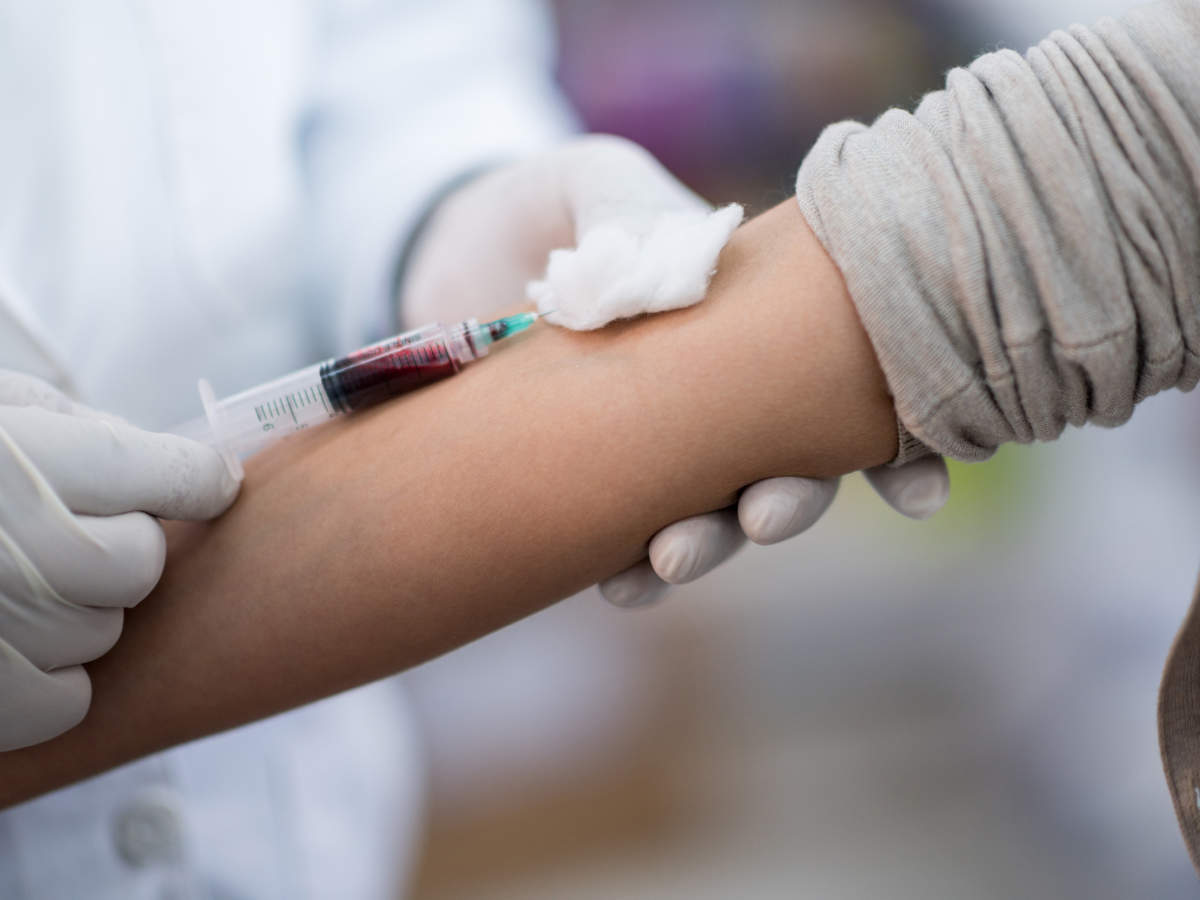Blood
Here is why you may have excessive blood
Generally, people may be affected by many different types of blood conditions, disorders and cancers. The commonest blood disorders include anaemia, bleeding disorders such as haemophilia, blood clots, and blood cancers such as leukemia, lymphoma, and myeloma.
Since all these present with different signs and symptoms while others may have an overlap of symptoms that look like other infections, it is recommended that you seek medical attention if you suspect any blood condition.
If you see a general practitioner, they will refer you to a haematologist who specialises in treating blood disorders and conditions. Blood conditions may include problems with the red blood cells, white blood cells, platelets, blood vessels, bone marrow, lymph nodes, spleen, and the proteins involved in bleeding and clotting (hemostasis and thrombosis).
Polycythaemia
Polycythaemia is a medical condition in which a person makes more blood than they need in the body. According to Dr Francis Ssali, a haematologist at Joint Clinical Research Centre (JCRC), the condition causes excessive production of red blood cells, which makes blood thicker. The rare condition (polycythaemia), can be caused by the autonomous expansion of the red blood cells in the body. When the concentration of red blood cells in the blood is high, it makes the blood thicker than it should be, and it flows sluggishly through the blood vessels.
“The body has a mechanism that regulates the amount of blood one must have. When there is too much blood, it affects the flow of oxygen to the different parts of the body,” Dr Ssali says.
Polycythemia may be as a result of a genetic disorder, Polycythaemia-Vera, which causes excessive production of red blood cells. Some athletes, according to Dr Ssali, abuse a hormone, erythropoietin, in a bid to increase their productivity because the hormone promotes production of red blood cells. Once in excess, the hormone can cause excess production of blood.
Another possible cause of polycythemia is dehydration where the number of red blood cells is normal but the plasma (the liquid part of blood) is reduced. It may also be a consequence of taking some blood pressure medications, or due to obesity or excessive alcohol consumption.
According to research, the condition may develop as a normal physiological adaptation to the environment, for instance in persons who live in high-altitude areas that have a low oxygen concentration.
Vulnerability
Dr Ssali says this condition can affect people with chronic lung disease or children that are born with congenital heart abnormalities that cause mixing up of oxygenated and deoxygenated blood in the arteries and veins. This can reduce the amount of oxygen content in the body.
Also, people who suffered lung damage from Covid-19, chronic smoking as well as those that suffer from uncontrolled asthma, some kidney diseases, and chronic obstructive pulmonary disease. In some cases, one may have a genetic defect that fails to control the formation of the red blood cells.
Signs and symptoms
Polycythaemia can cause dizziness, fainting, chronic headache, blurred vision, high blood pressure, frequent bleeding from the nose, or itchy skin.
The sluggish blood flow can also lead to development of a blood clot, which can be deadly if the clot blocks blood flow to vital organs, like the heart and lungs.
“Polycythemia is diagnosed through blood tests where an actual blood count will help measure the amount of haemoglobin. A person with this condition usually has high heamoglobin levels, above 18grams per deciliter,” says Dr Ssali.
The doctor may also examine the amount of oxygen in one’s blood using a pulse oximeter. Low oxygen levels may be an indicator that your body produces excess blood.
Additional tests depend on the suspected underlying cause of polycythaemia. An example is an abdominal ultrasound scan to check the kidneys, lung function test, test on the heart for any abnormalities as well as the erythropoietin hormone level test.
Management and treatment
The genetic disorder cannot be cured. However, Dr Ssali recommends lifestyle changes such as maintaining a healthy weight, limiting alcohol consumption and quitting smoking.
For non-genetic polycythaemia, the condition can be corrected if the underlying cause is addressed. The treatment of lung, kidney and heart problems would cure polycythaemia.
“There is also medication that suppresses or slows the production of red blood cells to prevent clotting. Polycythaemia can also be managed by venesection (removal of blood), usually about half a litre of blood, which is done as per the doctor’s assessment and instruction to relieve the patient,” Dr Ssali adds.
If the condition is not managed, one can suffer complications such as chronic headaches, frequent nosebleeds, and stroke.
Other disorders and cancers
Leukemia is a cancer of the white blood cells. Leukemia is classified by the type of white blood cells affected and by how quickly the disease progresses. The types include; Chronic myeloid leukemia (CML), Chronic lymphocytic leukemia (CLL), Acute myeloid leukemia (AML) and Acute lymphocytic leukemia.
Myelodysplastic Syndromes are blood-related conditions that involve ineffective production of the myeloid class of blood cells. The cells develop into red blood cells, white blood cells (other than lymphocytes), or platelets and with time, some patients who have myelodysplastic syndrome may develop leukemia.
Myeloproliferative disease are rare illnesses that cause blood cells generated in the bone marrow to grow and develop abnormally. In some cases, the disease progresses slowly and requires minimal treatment but in some patients, it develops into acute myeloid leukemia (AML).
Multiple myeloma is a cancer of plasma cells. These cells are primarily located in the bone marrow. It can cause bone fractures, low red blood cell counts, and kidney failure.
There are also bone marrow failure syndromes that occur when the bone marrow fails to produce enough new blood cells. Hodgkin and Non-Hodgkin Lymphomas are all disorders of blood.

